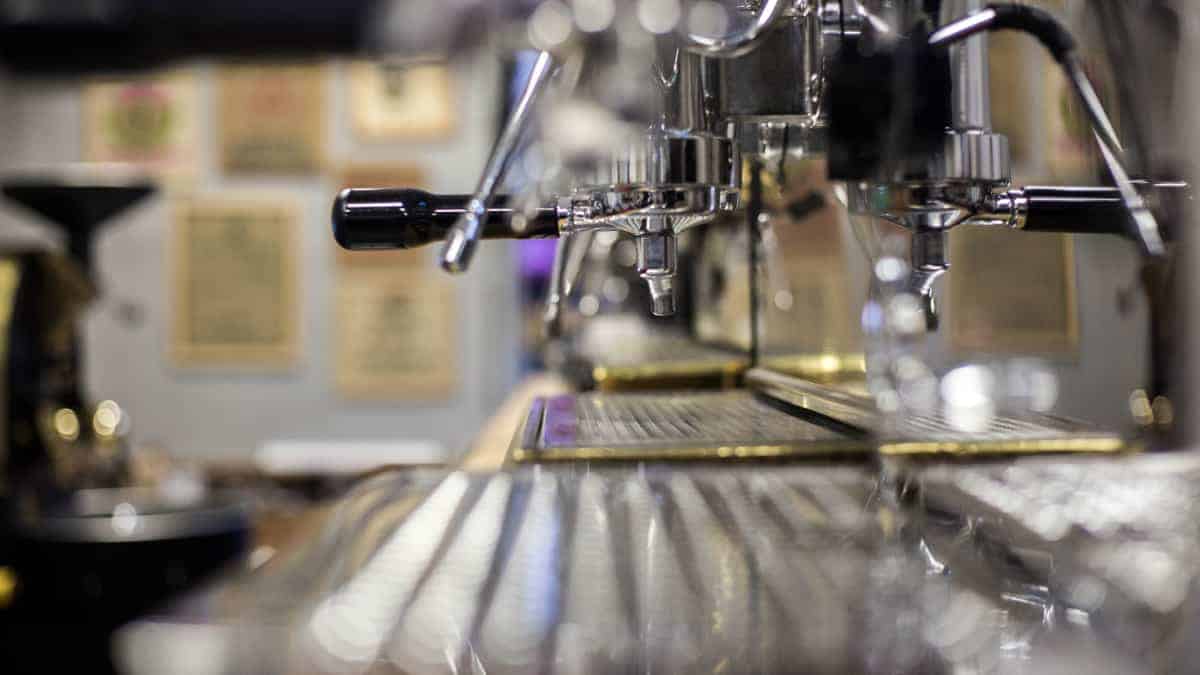PID Espresso: Complete Temperature Control
Point of view: It’s early morning. A cozy drizzle starts. You’ve settled down on the *good* chair. You take a sip of your morning doppio and ickkk… Something’s wrong with that cup!
What happened? It could be many things, but if your espresso machine had a proportional integral derivative (PID) it would still come out at the perfect temp.
So what the heck is PID, and why should you care?
Let’s look at why PID is crucial for espresso and why it might become your new favorite acronym. (BRB, gotta plug in my PID ASAP, know what I mean?)

What Is A PID For Espresso Makers?
In a nutshell, a PID controller stabilizes the brewing temperature of your machine.
Specifically, a proportional integral derivative is a stabilizing element; you can use some form of PID algorithm in a variety of machines. But for espresso, it’s mainly used to keep temperatures consistent for brewing.
Unlike some thermostats, which can cycle on and off, a PID controller holds temperature steadily. There won’t be dips and peaks in temperature, just a steady one optimized for extraction.
PID Controller For Espresso Machine: 9 Things You Should Know
Getting an espresso machine with a PID controller is a great way to ensure your doppios are up to snuff.
Here are some things to keep in mind about PID controllers before buying an espresso machine with PID control:
1. Some are adjustable
Subtle changes in brewing temperature can dramatically change your brew.
If you want to be able to play with these differences in heat and adjust your extraction temperature to each roast, be sure to look for a machine with an adjustable PID controller
Luckily, most PID machines allow you to program the temperature manually.
2. A PID controller can affect the steam boiler, too
On some machines, PID controllers stabilize the temperature in the steam wand.
Remember, temperature and pressure are related. So having consistent heat in your steam wand helps the pressure remain steady at 1.1-1.2 bars.
If you’re a cappuccino fan, look for machines with multi-functional PID controllers.
3. Most double boiler machines already have a PID controller
Dual boiler espresso machines have separate boilers for brewing and steaming.
They’re generally the closest to coffee shop-quality espresso at home. So it’s no surprise they typically come with a PID controller or two.
4. Heat exchange machines are NOT adjustable
Heat exchange (HX) espresso machines are ideal for cappuccino and latte drinkers. They’re one type of espresso machine with PID controllers that also stabilize the steam boiler.
Sometimes you can change the temperature of the steam boiler on a heat exchange machine. But you usually can’t control the brew temperature manually.
5. You may have to learn how to program it
Adjustable PID controllers are a beautiful thing. But as with any digitized tool, you will have to learn how actually to program them.
Setting the temperature is usually straightforward, but you may have to set it manually each time for some machines. So you may not be able to rely on your machine to do it for you.
Manuals and how-to videos will be your friend.
6. You may have to learn how to make use of it
With great power comes great responsibility.
Whether you’re programming a PID controller or not, you will need to understand espresso better.
Learning more about different roasts, dialing in shots, and how temperature differences affect brewing is a good idea before getting any espresso machine, especially one with PID capabilities.
7. The visible gauge may have multiple uses
Your PID controller may have a digital screen that shows you the temperature and lets you set it. But be warned, that same screen may show you other information, too.
For example, the Profitec Pro 300 uses one screen for the PID controller and shot timer.
It should be obvious what you’re looking at, but just be aware of the possibilities.
8. It will cost you
A PID algorithm is a high-quality feature — and the cost of an espresso machine will probably reflect that.
9. Don’t forget about other features
Although it may seem obvious, you don’t want to ignore other features when hunting for a machine with PID control.
Drink volume (how much water the machine can hold), shot counters, pressure, price, automatic brewing features, timers, etc. are all features to keep in mind.

Wrapping Up: Is A PID Controlled Espresso Machine Worth It?
If you love and live for espresso or espresso-based drinks, a PID controller is worth it.
But if you could happily drink a Moka pot each morning, think twice about forking over the extra cash or taking the time to understand brewing espresso better.

